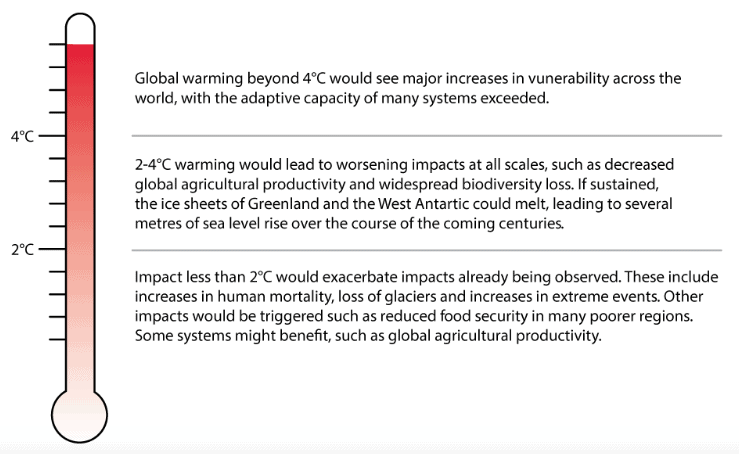The SIA (Stove Industry Alliance), which was formed in 2008 to promote the benefits of wood burning stoves and biomass appliances, estimates that wood burning stoves could account for 10% of the UK Government’s carbon reduction targets by 2020.
UK Carbon Targets – 34% by 2020 – 80% By 2050
The Committee on Climate Change undertakes an annual assessment to see if the UK is on course to meet it’s carbon targets. Meeting future carbon budgets, and the UK’s 34% target by 2020, and 80% target for 2050, below the 1990 baseline, will mean reducing domestic emissions by 3% a year as a minimum – starting from now.
To achieve this annual 3%, will require commitment and a strong carbon neutral focus, which is one of the reasons why wood burning stoves can play a key role in helping achieve this figure. Wood burning stoves are growing in popularity with annual sales of over 175,000 units installed. Furthermore, there are many homes in the UK, which do not have a wood burning stove, but would be suitable for installation. As we have mentioned in a previous article, a high efficiency stove is virtually carbon neutral, and when burning with high quality wood, emits less CO2 than it does with natural decay. This means by using a wood burning stove as a heating source as opposed to other less environmentally methods, you are helping reduce the worlds carbon footprint in an incredibly efficient way.
Climate Change
Climate change is one of the greatest threats to the worlds future. Below shows the impact that climate change could bring, by only a slight rise in global temperatures. Reducing our carbon footprint is something we can all do to reduce the dreadful and catastrophic effects of climate change.

There is now almost 40% more carbon dioxide in the atmosphere than there was before the industrial revolution, a level not experienced for at least the last 800,000 years. Without taking action to lower emissions, there is a great threat of global warming going well above 2°C relative to pre-industrial times.
Such an increase in global temperatures would increase the risk of irreversible damage to our climate. This includes things like the melting of ice sheets, which would mean a rise in sea levels. Furthermore this could also cause the release of stores of methane from oceans, which in itself could also further increase the planets temperature.
The effects are dramatic, and are on a mass global scale. However, we can take action now and do our bit to reduce CO2. Things will not change over night, but a focus towards limiting and even reversing the damage us and previous generations have done is needed. Using a wood burning stove alone will certainly not solve our problems, but it is certainly a step in the right direction.
Apart from using a wood burning stove, there are many other things you can do, to help lower CO2 emissions and your carbon footprint, a few of which are listed below:
.
-
- Drive a lower CO2 vehicle – Apart from reducing your carbon footprint, you will also benefit from lower tax, and an improved MPG. Some low CO2 vehicles are incredibly fuel efficient too, with some smaller petrol or diesel vehicles achieving 80+ MPG (miles per gallon), which is an impressive figure when you consider the average family car is usually less than 40 MPG!
. - Walk More or Cycle – It’s the cleanest way to travel and is excellent for your health. Start small then build up, or make a promise to replace one car journey a week with a walk or cycle.
. - Energy Efficient Appliances – When it comes to replacing your fridge, freezer, washing machine or similar, take the time to look for a more energy efficient appliance. This can save you money and helps reduce your carbon footprint.
. - Lower Room Temperature – By lowering your central heating you will be saving money and reducing your carbon footprint. Lower it to a lower level you still feel comfortable. This is often at least 2 degrees in most homes.
. - Switch Lights Off – So many people leave landing and hall lights on when sat in their living room in an evening. This is a waste of energy. If no one is in a room, a light is usually not needed.
. - Switch to Energy Saving Bulbs – They are usually a little more expensive, but last longer, cost less to run and of course help lower your carbon footprint.
- Drive a lower CO2 vehicle – Apart from reducing your carbon footprint, you will also benefit from lower tax, and an improved MPG. Some low CO2 vehicles are incredibly fuel efficient too, with some smaller petrol or diesel vehicles achieving 80+ MPG (miles per gallon), which is an impressive figure when you consider the average family car is usually less than 40 MPG!
You are able to learn more about what you can do about climate change with this short video, which follows on from the tips outlined above.








